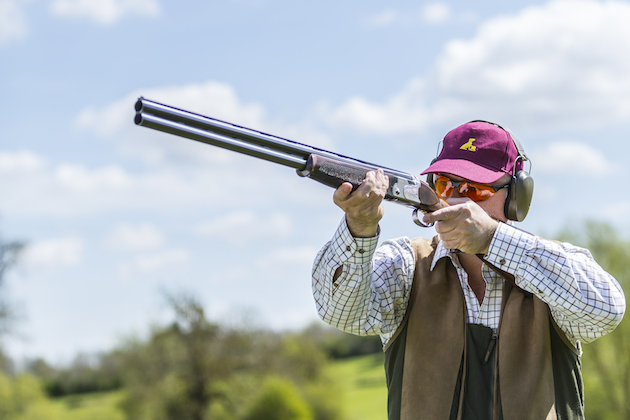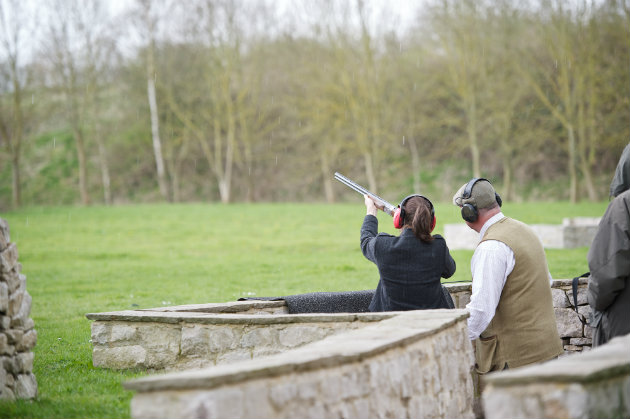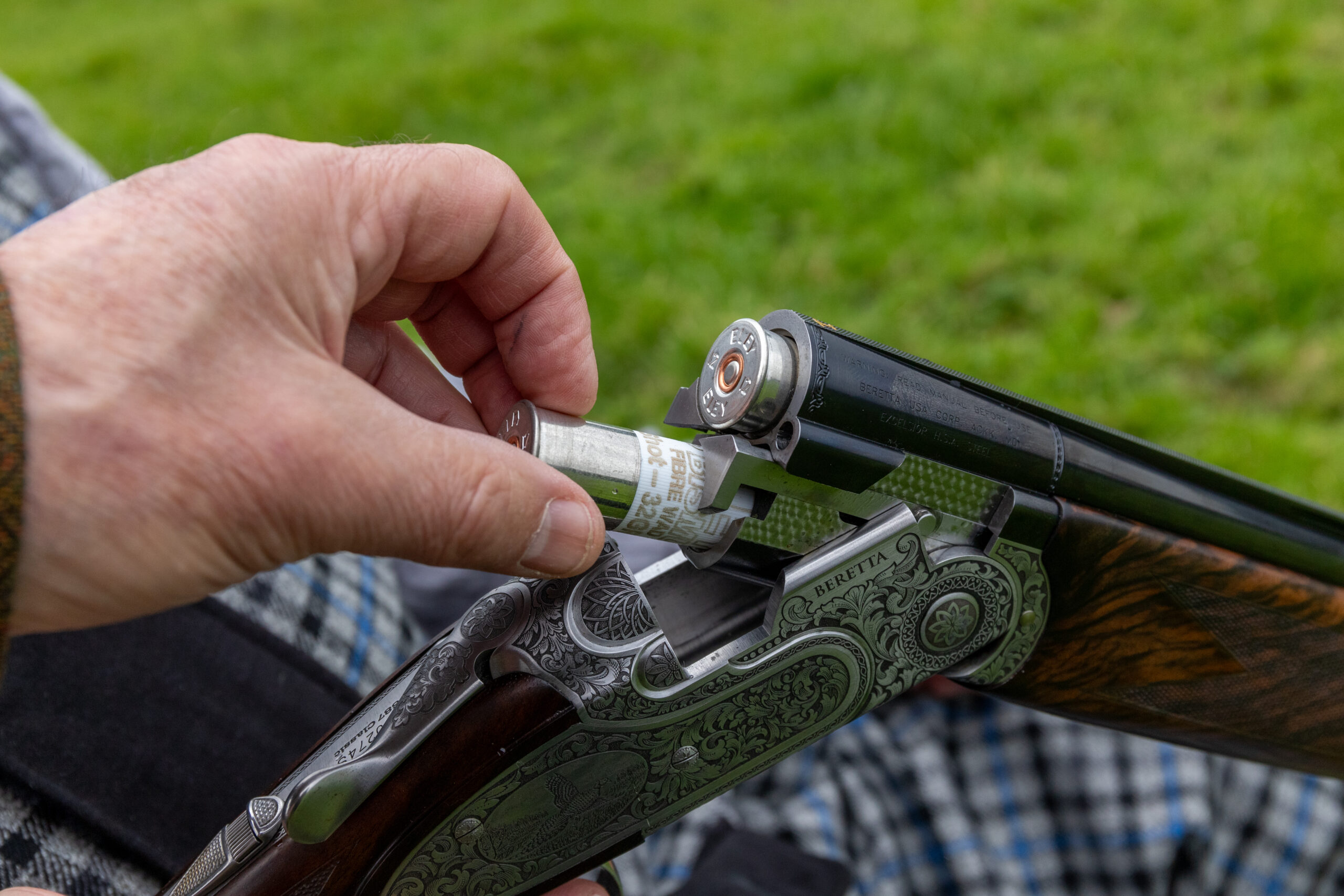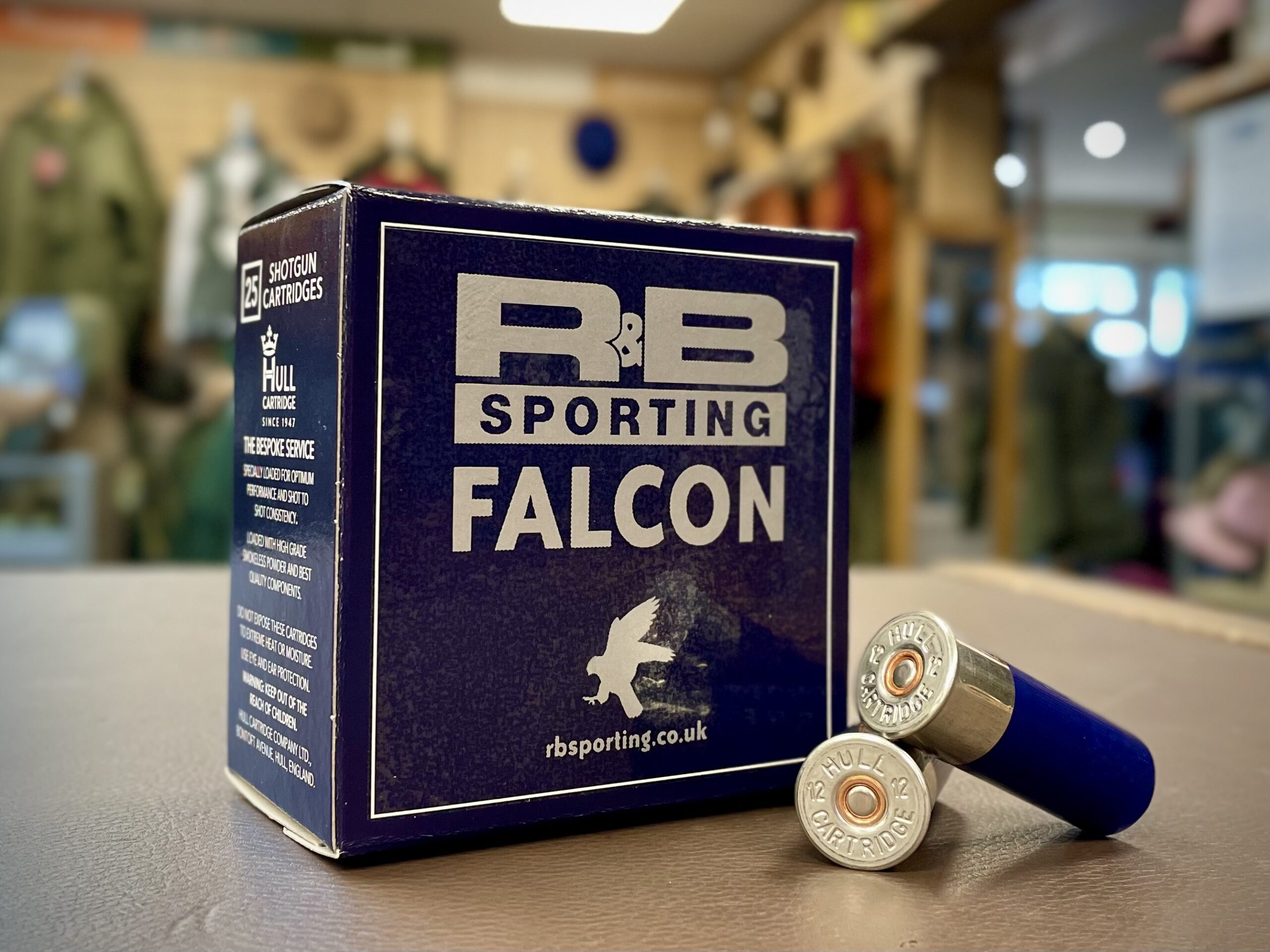Would a lighter load improve your shooting standard?
David Turner looks at how punchy loads can be detrimental to your shooting and how lighter loads can hep you shoot to a higher standard

By lightening the load, you may be surprised
Having taught hundreds of new and experienced shooters over the years, I’ve seen lots of examples of how excessive and unnecessary recoil can adversely affect some people.
In many cases (particularly with long-term shooters) these can often go unnoticed or, worse, become accepted as part of the sport and a trade-off for hard-hitting cartridges to “do the job”, which comes at the expense of performance and poor results.
Lighter loads
When we teach women and younger shots we use lighter loads to minimise recoil and help them have a good experience, particularly first timers. There is also a case to support the cartridge to gun weight ratio that can play a part. The lighter the gun the more you will notice recoil.

Olympic disciplines are shot with a maximum of 24g loads
The standard load
In the case of the widely used and what some would consider to be a standard 28g load, the recoil can be quite punchy with some brands. This is largely due to the efficiency of modern propellant powders and shot hardness. This is then accepted as the standard and not questioned, albeit with evidence like bruised shoulders and cheeks!
Let’s also look at other less obvious results such as stopping the gun to fire, flinching, momentarily blinking, and giving the gun a push – often simultaneously lifting the heels in anticipation of the recoil. All of these are subconscious and can become very bad habits that never get noticed as the root cause of poor performance.
How lighter loads could help you
There are a few very good reasons why the lighter 24 and 21g loads can help you. In terms of the cartridge performance: they give less perceivable recoil; they are faster; hit harder and pattern better and more evenly. It’s worth bearing in mind that Olympic disciplines are shot with a maximum of 24g loads and in many cases 21g. Have you ever seen these guys break those 60-yard targets?
With lighter loads you are likely to move and swing in a smoother, more relaxed manner as an involuntary response to the lighter recoil. Also developing a greater level of confidence, which in itself is likely to improve your performance and your scores.

The cartridge specifications table here shows the pellet count for each load value, as well as the loads in ounces and grams, which are all based on a 12-bore 7½ shot size. There is a very interesting point in relation to pellet count and when you look at the number of pellets that break the average clay pigeon target, it can be quite an eye opener. My view is – that number is six… yes, only six! So when you think about how many you have in your cartridge, one could ask you “how many more do you need?”
It is a total fallacy to think, as many do, that you need as much lead out there as you can get. You could have a tonne of lead out there, but it won’t do you very much good in the wrong place. If severe recoil causes adverse or bad habits to develop, then something has to change.
Give it a try… next time you buy some cartridges for clay shooting try lightening the load, you might just be very surprised at the results.

Choke
The combination of choke and cartridge is a very important factor and I have found that my own results are better with, not only 21 or 24g loads, but also with tighter chokes at average targets on a Sporting layout. Olympic Trap shooters would be using 24g cartridges with ¾ and full chokes and enjoy spectacular breaks at long ranges.
Gun recoil – what causes it and how to avoid it
Unfortunately many people are put off shooting early in their career due to having a bad experience with gun recoil.…
24g shotgun cartridges review
With the exception of some budget priced 1oz clay loads the cost of cartridges continues to creep ever upward and…
Stock
Another common way to approach the problem is to have a recoil-reducing device fitted to your stock. There are lots of options available such as spring loaded recoil pads and the more simple recoil pads using high performance absorption qualities. The simple ventilated rubber recoil pad that collapses under load is a good and inexpensive alternative. Though I feel these devices address the symptom of the problem and not the cause. They work very well, but the ballistic characteristics of light loads have the edge and maybe I would look into using both. You don’t have to get knocked-about while enjoying your favourite sport.










